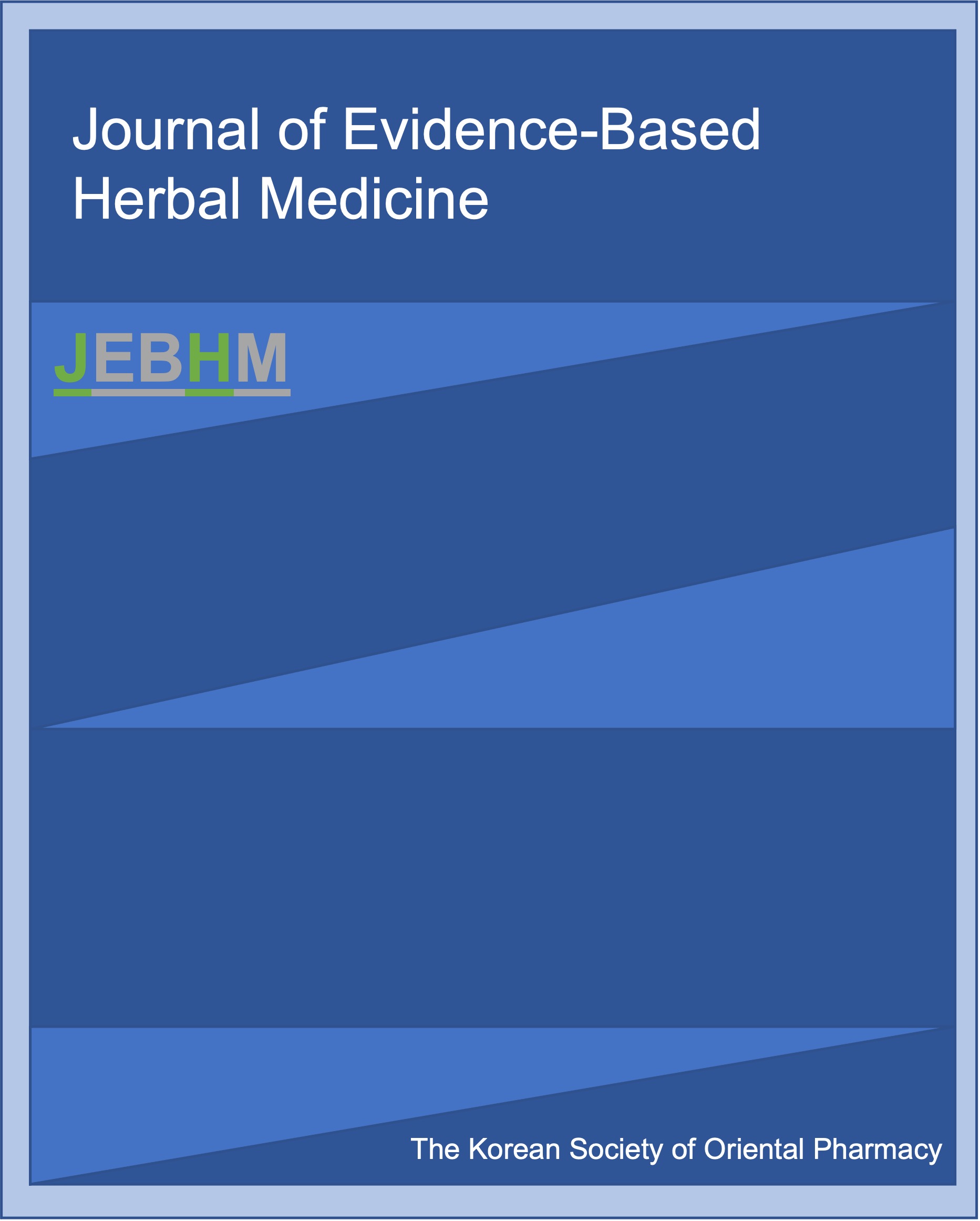Discrimination of velvet antlers' origin using DNA polymorphisms
Lee, Hye-Jeong (Department of Physiology, College of Oriental Medicine, Kyung-Hee University)
Kim, Young-Eun (Purimed R&D Institute, Kyung-Hee University)
Shin, Min-Kyu (Department of Physiology, College of Oriental Medicine, Kyung-Hee University)
Hong, Moo-Chang (Department of Physiology, College of Oriental Medicine, Kyung-Hee University)
Kim, Yang-Seok (Department of Physiology, College of Oriental Medicine, Kyung-Hee University)
Bae, Hyun-Su (Department of Physiology, College of Oriental Medicine, Kyung-Hee University)
Abstract
Velvet antlers from Cervus elaphus species are one of most famous, expensive and commonly used medicinal materials in traditional oriental medicine. Some distributor had illegal practice of disguising the origin of antlers in Korea market. Therefore, a test to distinguish antler essential to ensure the healthy development of the herbal industry. In this study, the variation in DNA sequences of the mitochondrial ATPase8 and cytochrome-coxidaseI (COI) genes of Cervus elaphus from China, the Republic of Altai, and Canada were evaluated. In addition, the sequence variation among, Rein deer and Cervus elaphus species was also evaluated. Although the sequences of deer from the Republic of Altai and Canada were very similar, polymorphisms that were conserved in each species were observed in the ATPase8 and COI genes. Therefore, these polymorphic markers could be used to distinguish Cervus elaphus antlers from different locations.
- keywords
- Cervus elaphus, Velvet antlers, DNA polymorphism
- 다운로드 수
- 조회수
- 0KCI 피인용수
- 0WOS 피인용수


